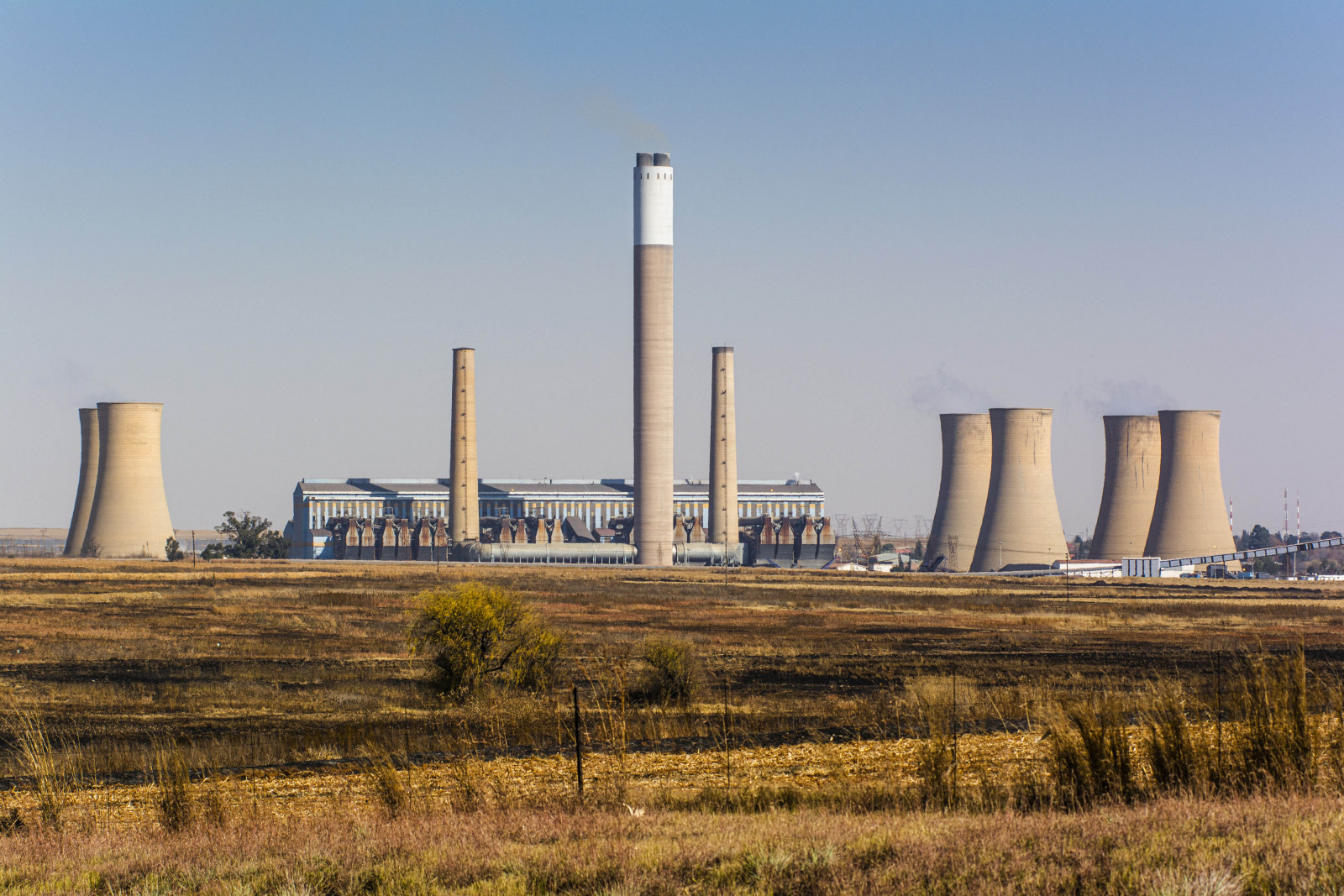A key outcome from the African COP27 was the creation of the historic loss and damage fund whereby developed countries unanimously agreed to financially assist developing countries to address the effects of climate change.
However, the announcement of the fund met with mixed reviews as delegates failed to announce a stricter emissions target.
Critics have pointed out that the failure to meet the key principles of the Paris Agreement, namely keeping global temperature below 2 degrees Celsius above pre-industrial levels in this century and attempting to limit the temperature increase to 1.5 degrees Celsius as well as making finance flows consistent with lower GHG emissions, will disproportionately affect the African continent.
See also: COP27’s multi-billion climate funding not enough for Africa
Adding credence to this concern is data from the World Energy Outlook 2021 which notes that 77% of Africa’s electricity is generated from fossil fuels which drive global warming as they produce large quantities of carbon dioxide when burned.
According to the concept note from the Interdepartmental Task Force on African Affairs, “fossil fuels including coal, oil, and natural gas account for about 50% – 80% of government revenues for major producing countries on the [African] continent”.
The proponents of the loss and damage fund, however, note that despite Africa’s high dependence on fossil fuel, it is developed and developing countries, particularly in the Americas and Asia, that continue to be the leading users of fossil fuel.
An analysis of data in the BP Statistical Review of World Energy shows China consumes the most fossil energy, followed by North America. When fossil fuel consumption is viewed on a per capita basis, however, the data tells a different story with the United States (63,130 kWh), Australia (53,644 kWh) and Germany (31,647 kWh) ranking in the top three in 2021.
Source: BP Statistical Review of World Energy
At 21,796 kWh per capita, South Africa is the only African country listed in the top 10 of this ranking. Drilling down into the detail, the data further shows that 86.42% of South Africa’s energy production originated from fossil fuels in 2021, compared to a world average of 61.42%, of which 70.93% comes from coal. According to environmental law charity, ClientEarth, coal is the “dirtiest” fossil fuel “responsible for over 0.3C of the 1C increase in global average temperatures”.
South Africa’s reliance on coal
Undated information from the South African Department of Mineral Resources and Energy (DME) shows that about 77% of the country’s primary energy needs are provided by coal, with 62% of coal production being used for electricity generation through its 15 coal-fired power stations.
The coal value chain is seen as having significant upstream value for the country’s mining industry as the relatively shallow, thick coal seams in four of the country’s nine provinces “can be exploited at extremely favorable costs”. The DME further notes that the state-owned power utility, Eskom, “ranks first in the world as a steam coal user”.
This picture could soon change as a number of coal-fired power stations have reached the end of their life span. During a recent panel discussion, Eskom CEO, Andre de Ruyter, noted that the power utility required about R300 billion to clean up emissions from coal-fired powers while being required to retire those same power stations.
In its 2021 paper, The Coal Value Chain in South Africa, research organisation Trade & Industrial Policy Strategies (TIPS) explained that the coal value chain accounts for 60% of South Africa’s greenhouse gas emissions – with Eskom emissions accounting for 45% of that. At the same time, TIPS noted that the coal value chain in South Africa accounted for almost 200,000 jobs in 2019. To put these numbers into perspective, it is worth referencing the most recent Quarterly Labour Force survey which was released by Statistics South Africa in November 2022. This shows that the country’s unemployment rate is 32.9% – rising to 43.1% when discouraged work seekers are included.
This is seemingly why the country is grappling to ensure a just transition to meet its commitment to the Paris Agreement of reducing emissions by at least 8% by 2030 (incidentally much lower than initially expected).
A just transition
Nonetheless, De Ruyter noted that renewable energy “has to be a major part of the [power] generation portfolio in future”. To this end, Eskom has received a R48 million grant from the Global Energy Alliance for People and Planet and an R180 million grant from the German development bank, KfW, to assist with training people to work in the new energy industry.

Furthermore, in November 2022, South Africa was the recipient of US$497 million in financing to decommission and repurpose the Komati coal-fired power plant using renewables and batteries – thereby lowering greenhouse gas emissions under a just transition of minimizing socio-economic impact. The funds comprise a US$439.5 million World Bank loan, a US$47.5 million concessional loan from the Canadian Clean Energy and Forest Climate Facility and a US$10 million grant from the Energy Sector Management Assistance Program.
“Reducing greenhouse gas emissions is a difficult challenge worldwide, and particularly in South Africa given the high carbon intensity of the energy sector,” World Bank Group President, David Malpass, said in a statement.
South African Minister of Public Enterprises, Pravin Gordhan, added:
“This project is critical to our understanding of the sustainability of decommissioning, repurposing, and mitigating the socio-economic impacts for workers and communities before we scale up the move of the power sector into a low-carbon path.”
He noted that the Integrated Resource Plan 2019 foresees the decommissioning of about 12 GW of coal plants by 2030 with a parallel increase in private sector-led renewables of 18 GW during the same period.

